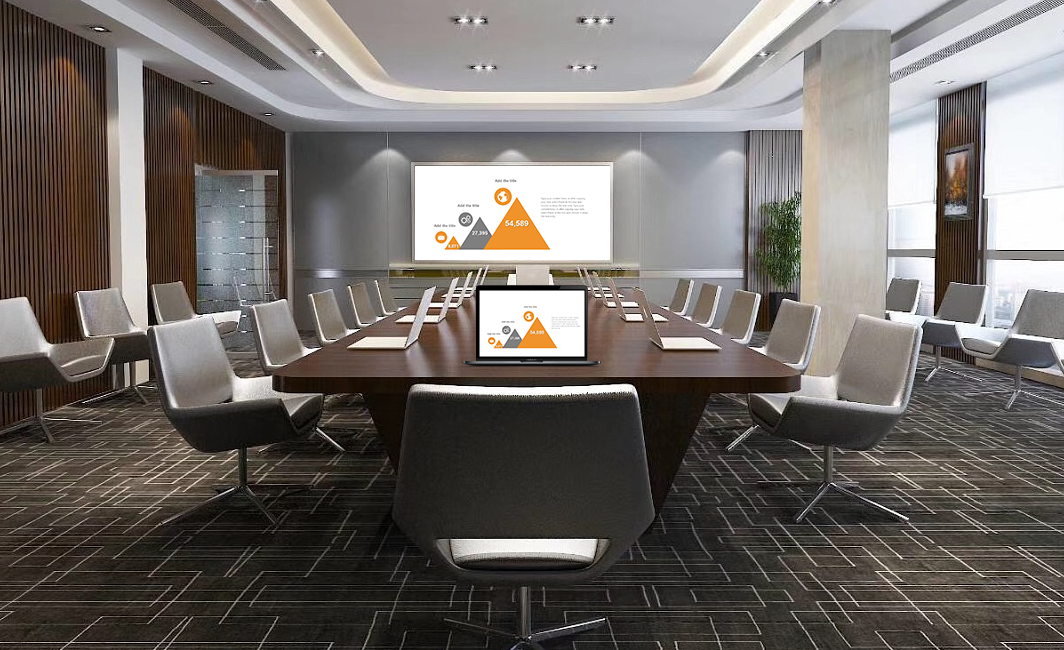A Comprehensive Analysis of Wireless Screen Mirroring Technology: From WiDi to Applications in Modern Smart Classrooms
With the rapid development of digital education and corporate collaboration, wireless screen mirroring technology has become the core infrastructure for smart classrooms and wireless meetings. Understanding the development and current status of this technology is crucial for improving organizational efficiency.
1. Evolution of Wireless Screen Mirroring Technology
Wireless screen mirroring technology has evolved from proprietary protocols to universal standards:
- WiDi Technology: An early wireless display solution launched by Intel, which laid the foundation for the development of subsequent technologies.
- Miracast Protocol: The current mainstream universal wireless screen mirroring standard, widely supported by Android and Windows devices.
- AirPlay Protocol: An exclusive screen mirroring solution for Apple’s ecosystem, used for seamless connection between iPhones, iPads, and Apple TVs.
- Proprietary Protocols: Optimized professional solutions developed by various manufacturers to meet specific scenario needs (e.g., enterprise-level security or low-latency requirements).
2. Applications of Wireless Screen Mirroring in Smart Classrooms
In modern smart classrooms, wireless screen mirroring technology plays a key role:
- Teacher’s Mobile Teaching: Teachers can hold terminals and teach anywhere in the classroom, casting teaching content to the main screen in real time without being restricted by cables.
- Student Screen Sharing: Supports students to quickly share learning outcomes (such as homework, project drafts) to the class screen, promoting interactive learning.
- Multi-Screen Interactive Teaching: Enables comparative display of content across multiple screens, helping students understand differences between different ideas or solutions.
3. Application Value in Wireless Meeting Scenarios
In wireless meeting scenarios, screen mirroring technology brings significant benefits:
- Fast Connection: Eliminates tedious cable connections; participants can share screens with one click, saving meeting preparation time.
- Multi-Platform Compatibility: Supports seamless access to various devices (laptops, mobile phones, tablets) regardless of operating systems, ensuring no one is left out.
- Efficient Collaboration: Facilitates real-time content sharing and discussion among participants, improving meeting efficiency and participation.
Wireless screen mirroring technology continues to evolve, providing stronger support for smart classrooms and wireless meetings. It is an important technical pillar in the process of digital transformation.
